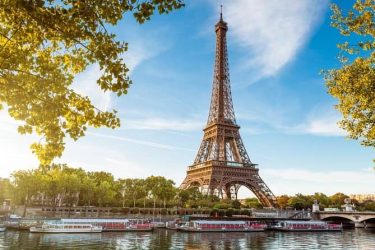Nestled in the rugged mountains of southern Jordan lies Petra, an archaeological marvel often referred to as the “Rose City” for its pink-hued sandstone cliffs. A UNESCO World Heritage site and one of the New Seven Wonders of the World, Petra is a breathtaking testament to human ingenuity and resilience.
Whether you’re a history buff, an adventure seeker, or simply someone enchanted by ancient mysteries, Petra offers an unforgettable experience that feels like stepping into another world.
History of Petra
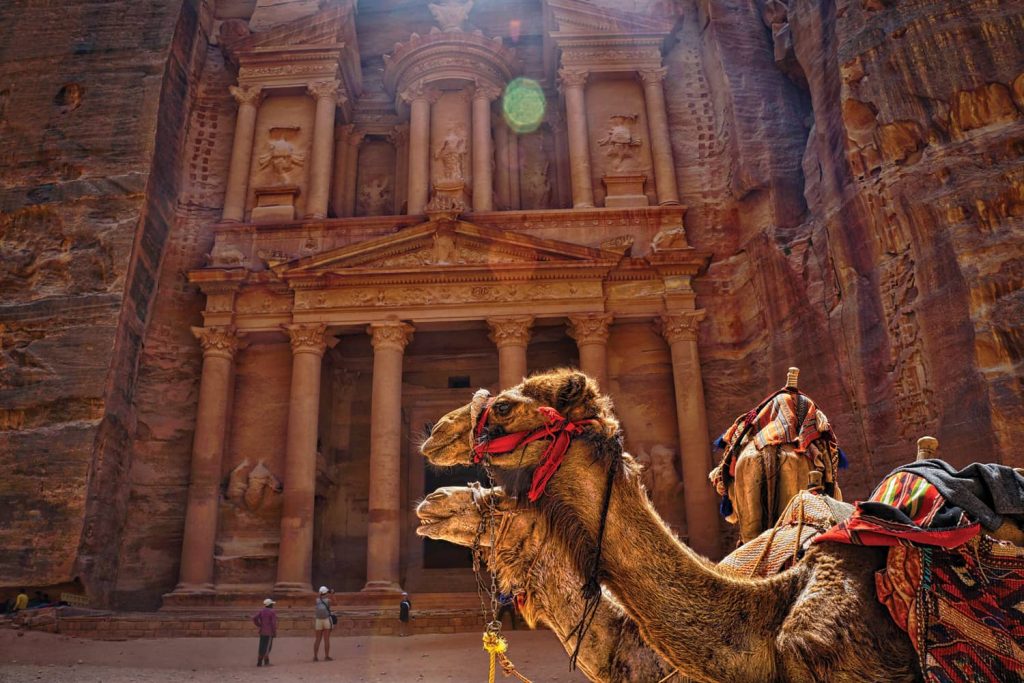
Petra was established around the 6th century BCE by the Nabataeans, an ancient Arab tribe known for their exceptional skills in trade and architecture. Situated at the crossroads of significant trade routes linking Arabia, Egypt, and the Mediterranean, Petra flourished as a bustling commercial hub.
The city’s prosperity was reflected in its grand tombs, intricate carvings, and sophisticated water management systems. However, following a series of earthquakes and the decline of trade routes, Petra was abandoned and forgotten for centuries.
It wasn’t until 1812 that Swiss explorer Johann Ludwig Burckhardt rediscovered it, igniting global fascination with this hidden gem.
Getting to Petra
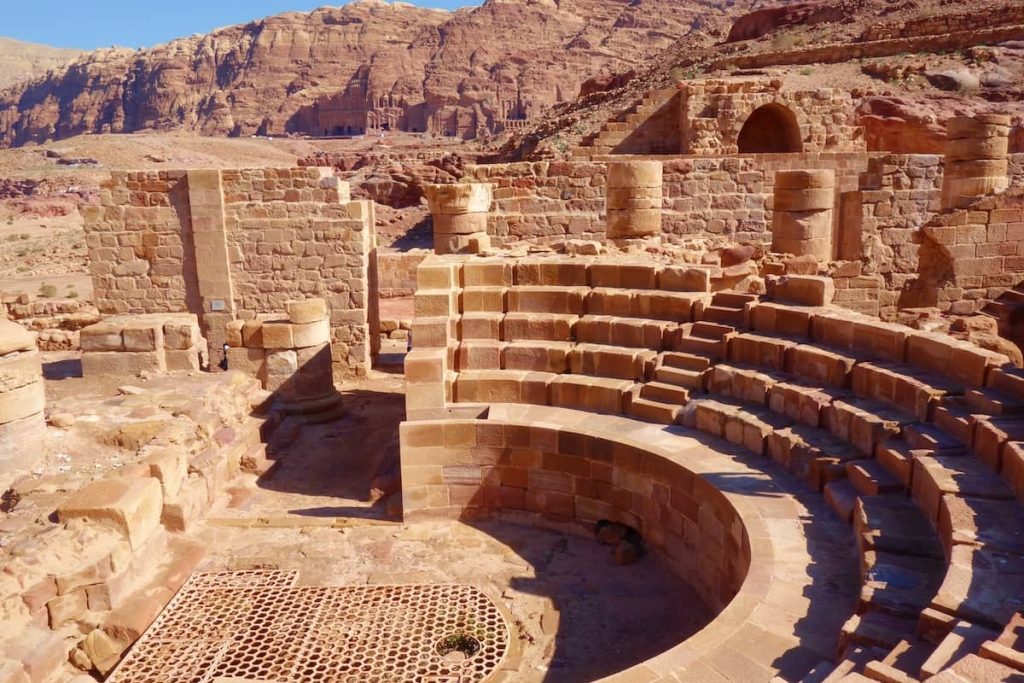
Reaching Petra is relatively straightforward, with options available for travelers from across the globe.
- By Air: The closest international airport is Queen Alia International Airport in Amman. From there, it’s a 3-4 hour drive to Petra.
- By Road: Many visitors opt to drive or take buses from Amman or Aqaba. The scenic King’s Highway offers a picturesque route.
- Public Transport: JETT buses are a popular and affordable option for travelers.
Make sure to book transportation in advance, especially during the high tourist season.
Best Time to Visit Petra
Petra’s desert climate means extreme temperatures, so timing your visit is crucial.
- Spring (March to May): The most popular season with pleasant weather and blooming flowers.
- Autumn (September to November): Another favorable time with mild temperatures and fewer crowds.
- Summer (June to August): While less crowded, the scorching heat can be challenging.
- Winter (December to February): Cooler temperatures but shorter daylight hours.
Top Attractions in Petra
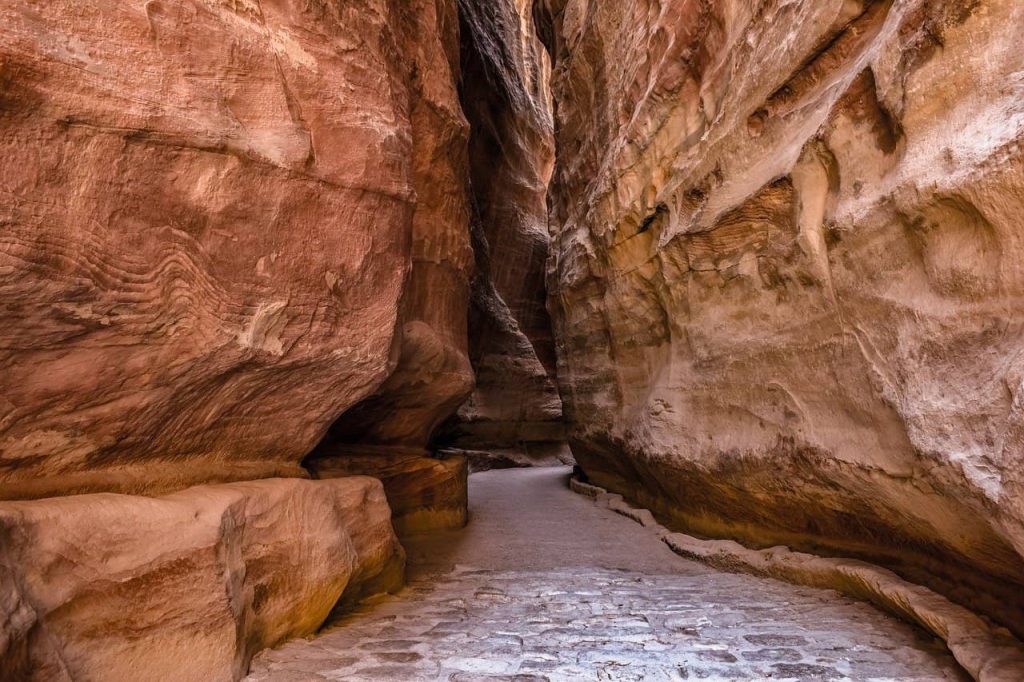
- The Siq: This narrow gorge serves as the grand entrance to Petra, with towering rock walls on either side. Walking through the Siq builds anticipation for the reveal of Al-Khazneh.
- Al-Khazneh (The Treasury): Petra’s most iconic site, this intricate façade carved into the sandstone cliffs leaves visitors awestruck. Originally a royal tomb, it’s a symbol of the Nabataean civilization.
- The Monastery (Ad-Deir): A larger but less crowded structure than the Treasury, the Monastery offers spectacular views from its summit.
- The Royal Tombs: A cluster of ornate tombs carved into the rock, showcasing Nabataean artistry.
- The High Place of Sacrifice: Accessible via a steep climb, this spot offers panoramic views of Petra.
- The Roman Theater: A testament to Petra’s multicultural history, this theater could accommodate over 8,000 spectators.
Exploring Petra: Practical Tips
Exploring Petra requires preparation:
- Clothing: Wear comfortable, breathable clothing and sturdy shoes for hiking.
- Essentials: Bring plenty of water, sunscreen, a hat, and snacks.
- Guides: Consider hiring a local guide to enrich your understanding of Petra’s history and significance.
- Animal Rides: If using camels or donkeys, ensure they are treated humanely.
Petra by Night
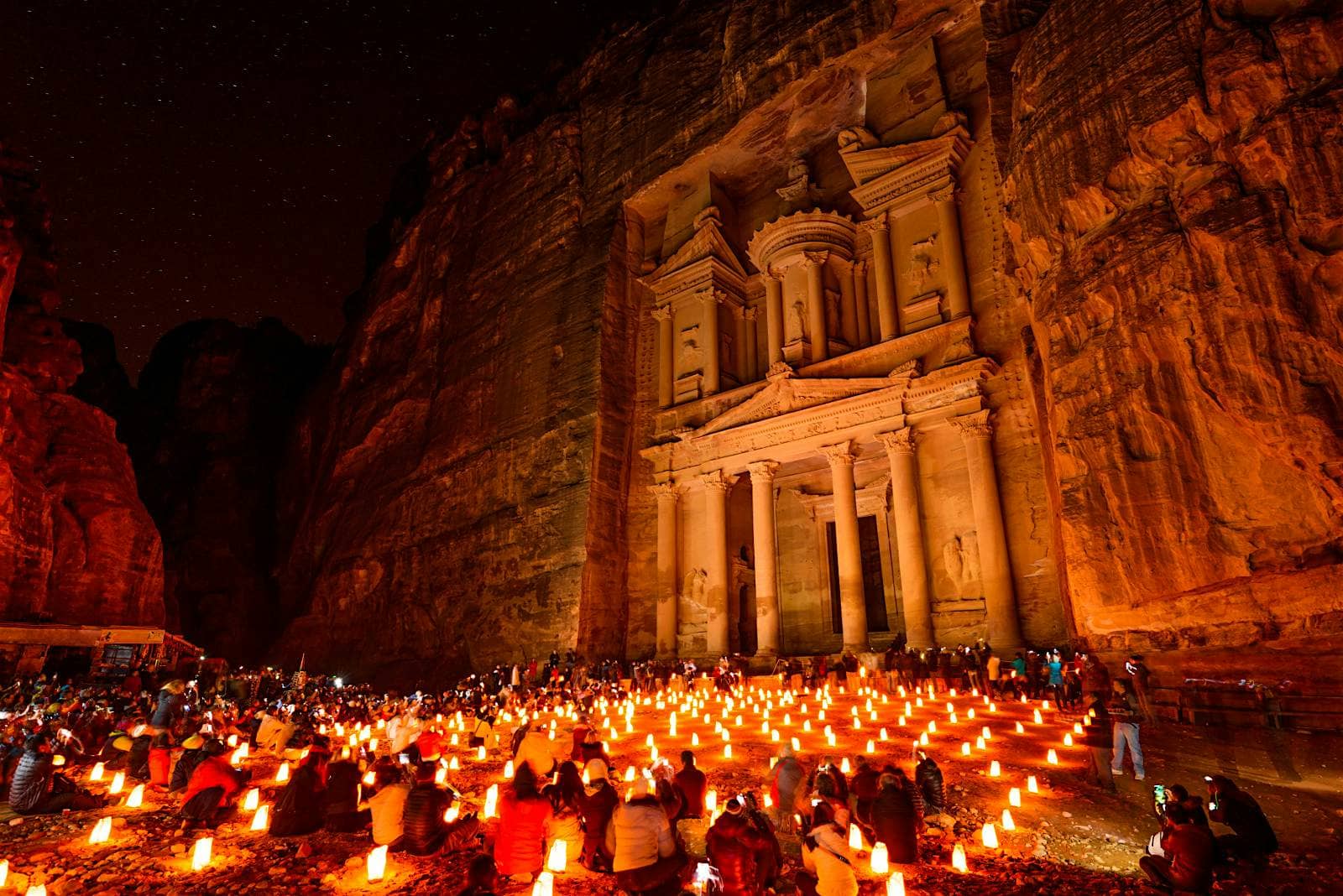
One of the most enchanting experiences is Petra by Night, where the Siq and Treasury are illuminated by thousands of candles. Held three times a week, this event offers a magical glimpse into Petra’s mystique. Tickets can be purchased in advance, but arrive early to secure a good spot.
The entrance fee for Petra by Night is 17 JD, children under 10 years are admitted free of charge. Tickets can be bought at the Visitor Centre shops, local tour agencies in Petra or at your hotel reception.
Cultural Etiquette and Local Customs
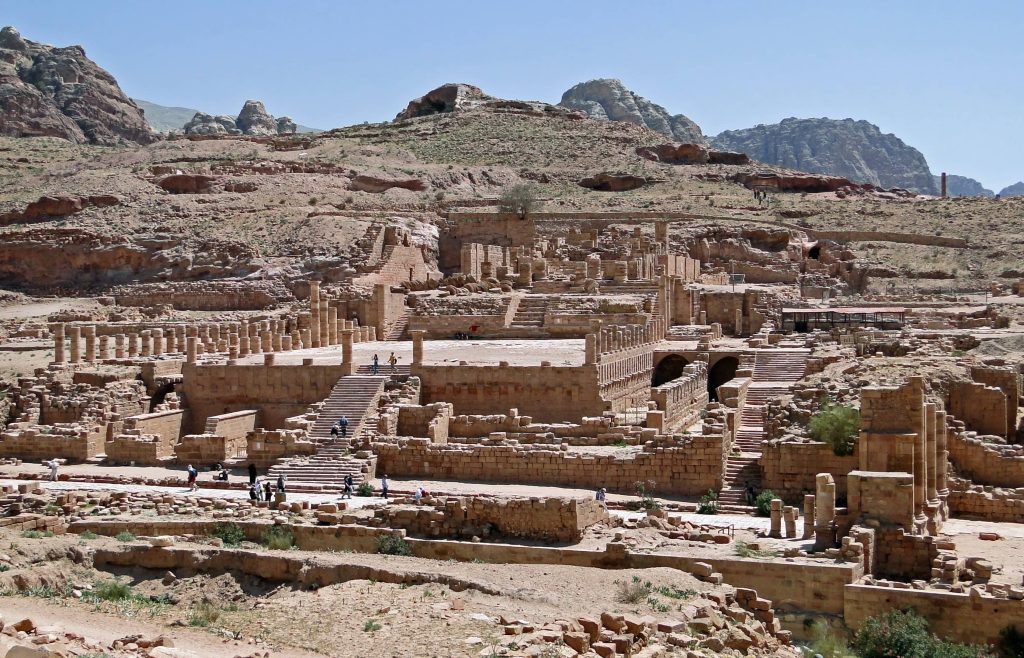
Respect local traditions by dressing modestly and asking permission before photographing people. Engage with the local Bedouin community to learn about their unique culture and support their handcrafted souvenirs.
Petra’s Surroundings
Expand your adventure by visiting nearby attractions:
- Little Petra (Siq al-Barid): A smaller version of Petra with equally fascinating carvings.
- Wadi Rum: A stunning desert landscape often likened to Mars.
Food and Dining Options
Savor traditional Jordanian dishes such as Mansaf, Maqluba, and freshly baked bread. There are several restaurants in Wadi Musa catering to diverse budgets and preferences.
Accommodation in Petra
Petra offers accommodations for all types of travelers:
- Luxury: Mövenpick Resort Petra, located near the entrance.
- Mid-Range: Petra Moon Hotel.
- Budget: Hostels and guesthouses in Wadi Musa.
Budgeting for Your Trip
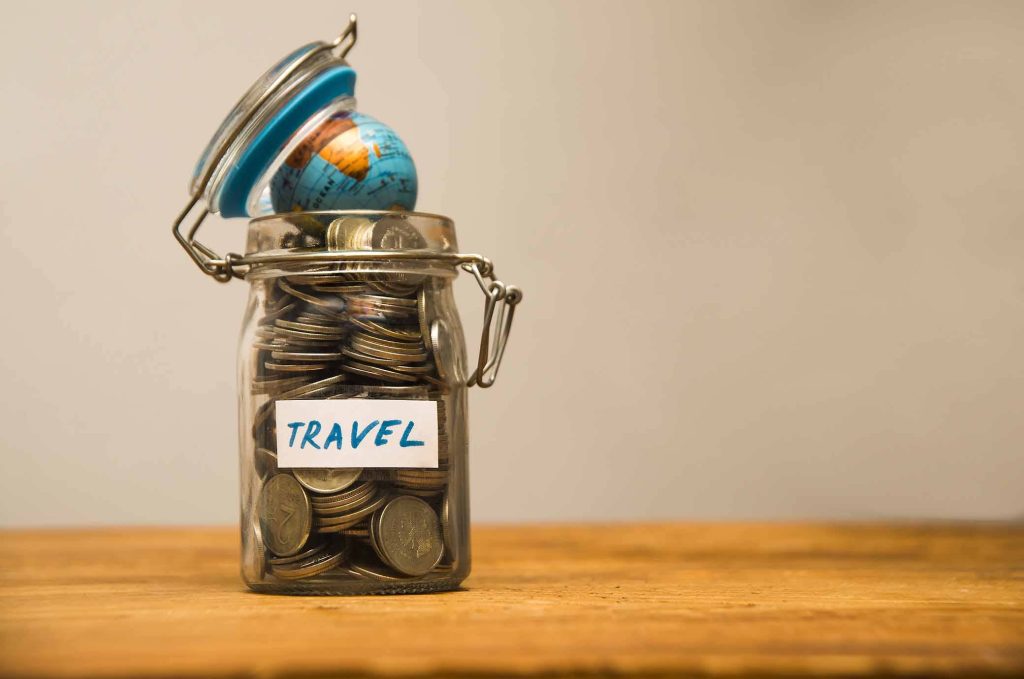
Travel Budget Plan – Petra, Jordan (3 Days / 2 Nights)
1. Flights
- Return flight to Amman (Queen Alia Int’l Airport)
Estimate: $400 – $700 (depending on location/season)
2. Transportation
- Amman to Petra (bus or private car)
JETT Bus: ~$15 one way
Private taxi/car rental: ~$80–$150 round trip
Total: $30–$150
3. Accommodation (2 nights)
- Budget hotel/hostel: $20–$40 per night
- Mid-range hotel: $60–$100 per night
Total: $40–$200+
4. Petra Entrance Fees
- 1-day ticket: 50 JD (~$70)
- 2-day ticket: 55 JD (~$77)
(Add 40 JD if you didn’t sleep at least one night in Jordan)
5. Food & Drinks
- Daily average (meals/snacks/water): $15–$30
Total (3 days): $45–$90
6. Guided Tour (optional)
- Local guide (2–3 hours): ~$50–$70
7. Extras / Souvenirs / Tips
- Local crafts, snacks, camel ride, tips
Estimate: $20–$50
Total Estimated Budget (USD)
| Budget Type | Total Estimate |
|---|---|
| Budget Travel | $600 – $850 |
| Mid-Range | $900 – $1,300 |
Let me know if you want it converted to a printable version or tailored to a specific country or currency
Conclusion
Visiting Petra is like traveling through time, unveiling the secrets of an ancient world carved in stone. Its awe-inspiring beauty, combined with Jordanian hospitality, guarantees an unforgettable journey. Respect the site and its heritage, ensuring that future generations can enjoy this treasure.
Frequently Ask Questions
Exploring Petra typically takes at least one full day to cover the main attractions, including the Siq, Al-Khazneh (The Treasury), the Royal Tombs, and the Monastery. However, to fully experience Petra’s vast archaeological site, many visitors recommend spending two to three days.
Yes, guides are readily available at Petra. Official licensed guides can be hired at the Visitor Center near the entrance. These knowledgeable guides provide in-depth information about Petra’s history, architecture, and Nabataean culture, enhancing your visit significantly.
You can choose from different tour durations, ranging from a couple of hours to a full day, depending on your interests and time availability.
Yes, traveling to Petra is generally considered safe for tourists. Jordan is known for its hospitality and is one of the more stable and secure countries in the Middle East. Petra, being a popular tourist destination, is well-managed with security measures in place to ensure the safety of visitors.
Yes, tourists can visit and explore Petra extensively. The archaeological site of Petra is open to the public, and visitors can walk through its various trails and marvel at its iconic structures like Al-Khazneh (The Treasury), the Monastery, the Royal Tombs, and more. While most of the site is accessible for exploration, certain tombs and chambers may be restricted to protect their integrity.

Owen Samuel is a Destination Manager based in California, known for his expertise in creating unforgettable travel experiences. With a deep passion for tourism and local culture, he helps travelers discover the best places around the world.











